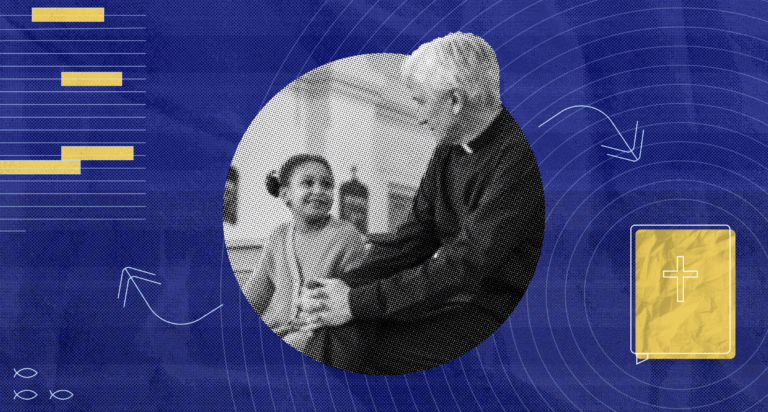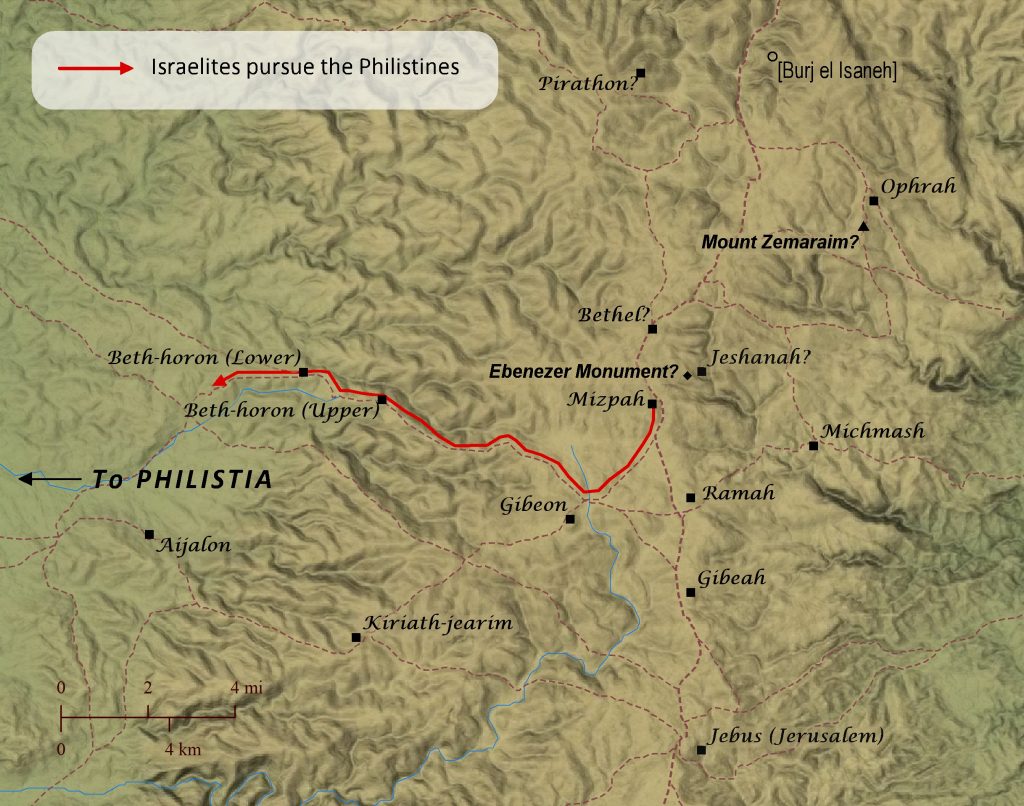On his journey back to Jerusalem, Paul stops in Troas to meet with the church in a marathon teaching session (20:7). During this long night of teaching, a young man named Eutychus falls from an upper window and dies, but Paul raises him back to life. What is the point of the death and resurrection of Eutychus?
Troas was a Roman colony and a significant city for travelers. The city is at a crossroads, connecting Smyrna, Ephesus, and Miletus to the east, and Neapolis to the north. Like most cities in the Aegean Paul visited, the imperial cult was present from 23-21 B.C. In this case, the Roman consul Sextus Apuleius was venerated in the cult prior to the time of the Empire. Augustus granted the city the status of a Roman colony. Approximately 44% of inscriptions in Troas are in Latin, and among the 144 persons mentioned in these inscriptions, 121 are identified as Roman citizens (Schnabel, Early Christian Mission, 2:1249). The city declined after Constantinople was founded in 330. By the sixth century, the city’s harbors were silted up, and the site was abandoned. The ruins are known as Eski Stamboul (Eskistambul) or Old Stamboul.
The book of Acts does not indicate when this church was founded. The best guess is that Paul founded the church during his second missionary journey, but he was unable to stay long (2 Cor 2:12-13; 2 Tim 4:13). How long did Paul teach? “The time was early May (if we build on v. 16). Workmen (apart from indoor household servants) should have been free from their work by 7 or 8 p.m.” (Barrett, Acts, 2:951). It was a workday, even if a sabbath for the Jews. People worked all day, gathered for a meal in someone’s home, and listened to Paul teach for several hours.
While Paul is teaching, a young man named Eutychus falls asleep and falls from a window. The name Eutychus means “good luck,” so there is some irony in the story since “Lucky” has a bit of bad luck (or he was lucky because Paul was there to heal him). In verse 9, Luke describes him as a young man (νεανίας, neanias), typically between 9 and 14 years of age. In 20:12, he is referred to as a boy (παῖς, pais). This word can refer to a slave so that he might have been older.
The fact that he falls from the third story may indicate the social status of this group. This is the second story above the ground, what Americans call the second floor (Witherington, Acts, 607). If this is an insula or an apartment, then the group’s social level is low. This is a tenement building, rather than a home for a wealthy family. The adjective τρίστεγος (tristegos) describes a building on three levels (e.g. Josephus, War 5:220); τὸ τρίστεγον means the highest of three floors. The better houses in antiquity were one-story buildings. The poor lived in cheap, multi-level apartment houses (Barrett, Acts, 2:954).
Scholars often point out similarities between this miracle and Elijah (1 Kings 17:17-24) and Elisha (2 Kings 4:32-37). There are several verbal parallels in the Greek version of Kings. Since several of these words do not appear in other resurrection stories, it suggests Luke modeled this story after the Elijah and Elisha. What would be the point of such a connection? Luke’s gospel has several allusions to Elijah and Elisha (Luke 4:24–26, for example).
After he falls, Paul embraces him, raising him from the dead. What is remarkable is that they return to the upper floor and share a meal. Paul continues teaching until daybreak (20:11) and then departs for his next stop, Miletus. Charles Talbert notes that the Romans were suspicious of nighttime meetings, as they appeared to be a political conspiracy (Talbert, Reading Acts, 183-85). Indeed, people staying up and talking through the night would look very suspicious to local authorities. Later, Christians will be accused of all sorts of bad behaviors because these kinds of night meetings.
What is the point of the story of Eutychus falling to his death, only for Paul to revive him? For some readers, there is the symbolic value of a man raised from the dead and sharing a meal. Richard Pervo says that denying that this story is “a celebration of the Eucharist in an upper room on Sunday that climaxes in the return of a dead person in the morning has any symbolic reference would border on absurdity” (Acts, 513). Let me embrace the absurdity and deny that Luke intended this as a symbolic allusion to the Last Supper and the early Christian practice of Communion (Eucharist). Luke intended this to mirror Peter’s raising of Tabitha from the dead (Acts 9:36-43) and Jesus’ raising of the son of the widow of Nain (Luke 7:11-17). Luke connects Paul with both Peter and Jesus in his description of this miracle (Malina and Pilch, Social-Science Commentary on the Book of Acts, 144).
What do you think Luke was trying to communicate by retelling this story about Eutychus?
Bibliography: Wilson, Mark. “Eutychus in Troas: The Architecture and Archaeology of his Fall.” Biblica 101.2 (2020): 231-47.

 2 weeks ago
33
2 weeks ago
33










 English (US) ·
English (US) ·